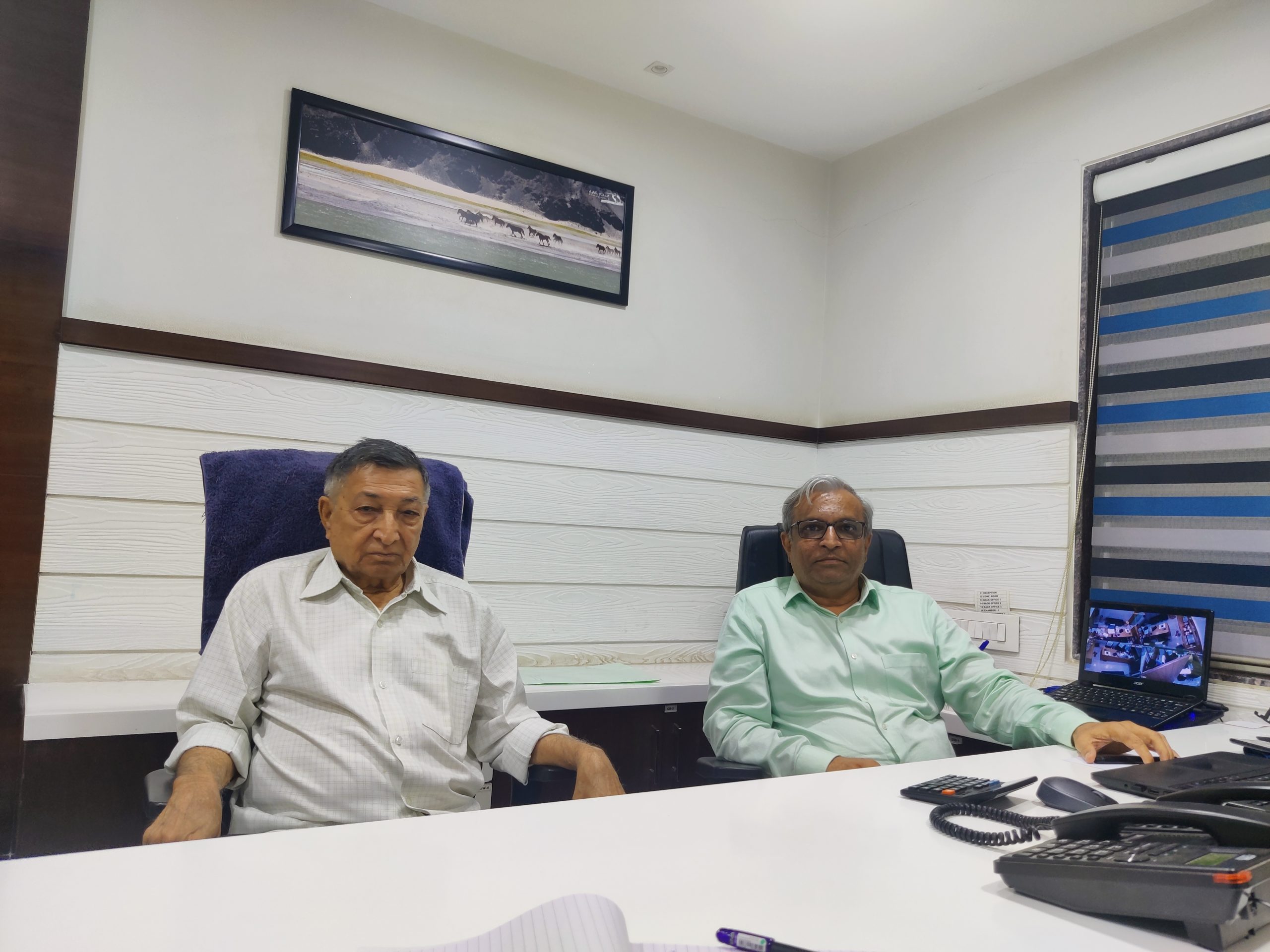‘Amara haath ma have kai nathi aavtu (Now we hardly get any returns),’ laments Rohit Vavadia, a bullion trader on CG Road, Ahmedabad. He has been in the business since 2018 but ever since the implementation of Tax Collected at Source (TCS) on gold bullion, his business has lost its sheen.
On October 1 last year, the central government levied 0.1% TCS on receipts greater than Rs 50 lakh. And if PAN/Aadhaar has not been provided by the buyer, a 5% TCS is collected.

As bullion traders buy pure gold and silver bars (24 carat) in bulk anywhere from 10 kg to 100 kg or more, the monetary investment in this business is extremely high.
There are around 150 gold bullion traders who are in the business but their number is fast reducing. Vavadia explains: “Our margins have reduced drastically due to TCS. On sales of Rs 100, our profit margin is 0.10 paise and now, that goes in paying TCS. In 2014, I was doing a business of Rs 1,400 crore, now it’s hardly Rs 1,000 crore. Earlier our growth rate was 25%, now it’s all about surviving. Forget profit, we hardly reach our breakeven point.”
An informal survey shows that almost half the bullion traders in Gujarat have quit the business or expanded into other choices. Apart from TCS, gold jewellery also attracts a GST of 3%. The GST is charged on the total value of gold purchased as well as the making charges.
Also read: https://www.vibesofindia.com/why-the-indian-gold-and-diamond-industry-needs-to-be-repolished-a-conversation/
Pratik Soni has been running Aarav Bullion on Ashram Road and Manek Chowk for over 20 years, but the tax regime worries him. “For over a year, Rs 1 crore from my business has been blocked with the government due to taxes. We get that back during tax returns. If such an amount gets blocked it gets difficult for us to run our business. Amara jeva soni ne biju shu aavde? (We jewellers do not know anything else). We can’t even shut this business and start something new. We are helpless.”
“To survive we had to change our strategy. Earlier we were just in bullion but now, small jewellers — our primary clientele — have lost the business and so, we now do B2b with manufacturers. The volume of our business hasn’t changed but profit margins have. Up next, our idea is to get into manufacturing jewellery. We will have to diversify for better returns.” added Vavadia.

Ahmedabad-based bullion trader Nishant Dholakia, owner of Shree Ambica Touch, said, “Unlike gold jewellers, being a bullion trader is a risky business as it needs huge investment. In the past two years, we are venturing into different areans to survive the loss of profit margin. Some traders diversify into manufacturing jewellery, some leave the business altogether while others reduce the volume of their business.” Dholakia is a second generation businessman; his family launched the brand in 1973.
When asked about their strategies he said, “We have an inhouse jewellery manufacturing unit and that’s the reason we can survive. Our profit margin comes from gold jewellery, not from bullion. Ours is a second generation business and that’s another reason that we want to exist in the bullion market even with low margins.”
“From Nirmala Sitharaman to the Gujarat Chamber of Commerce, we have presented our issue to every authority possible. Our request is to remove the TCS on bullion but the efforts are in vain,” added Dholakia.
Falling gold import?

A third-generation bullion trader Mayur Mandaliya from Surendranagar points out, “Another side effect is that several small-time jewellers and middlemen have been compelled to leave the business. Imports of gold have also substantially reduced. Earlier Indian gold import was around 900 tonnes, now it is hardly 600 tonnes.”
Also watch:
Jigar Soni, Vice President, Jewellery Association Ahmedabad with Late Shanti Patel who was the President, Gem & Jewellery Trade Council for a conversation on the plea to reduce the import duty and other concerns of jewellers.












